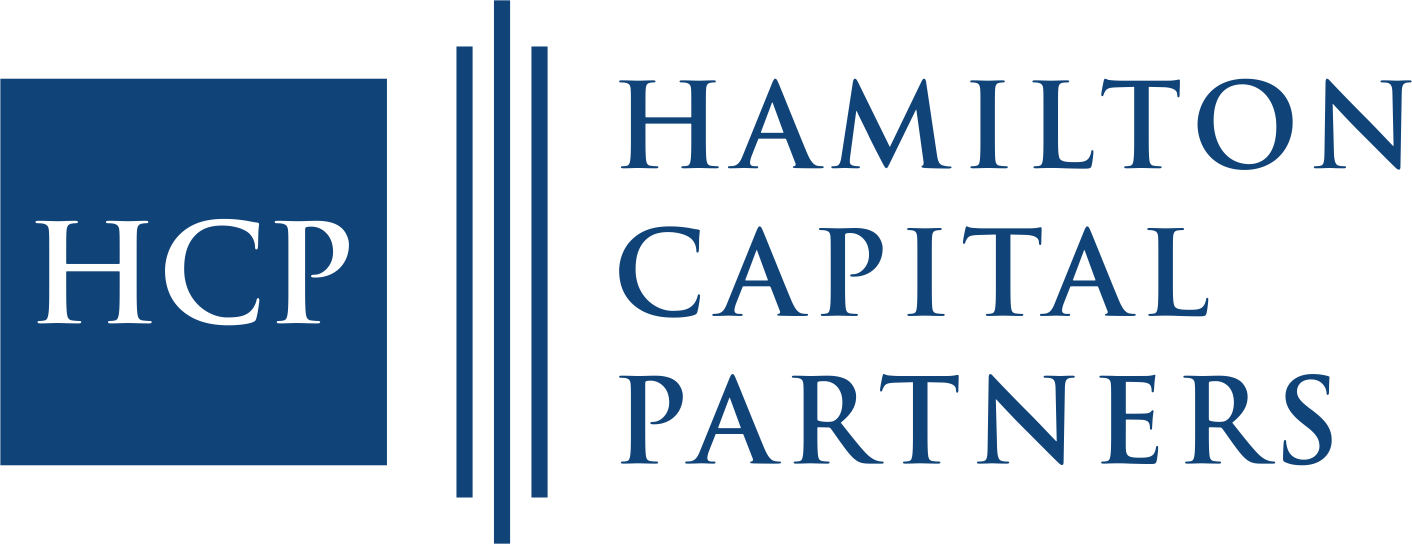By Kelvin Lee, Alonso Munoz
If you don’t know, Bill Ackman is a billionaire hedge fund manager and CEO of Pershing Square Capital Management. Ackman’s famous for his activist investment philosophy, which involves betting on and against controversial positions and then tweeting about it. His most recent call? To short the 30-year treasury. Here’s his tweet (or I guess “X” is the term now):
I have been surprised how low US long term rates have remained in light of structural changes that are likely to lead to higher levels of long-term inflation including deglobalization, higher defense costs, the energy transition, growing entitlements, and the greater bargaining power of workers. As a result, I would be very surprised if we don’t find ourselves in a world with persistent ~3% inflation.
From a supply/demand perspective, long term Treasurys (T) also look overbought. With $32 trillion of debt and large deficits as far as the eye can see and higher refi rates, an increasing supply of T is assured. When you couple new issuance with QT, it is hard to imagine how the market absorbs such a large increase in supply without materially higher rates.
I have also been puzzled as to why they haven’t been financing our government in the longer part of the curve in light of materially lower long-term rates. This does not look like prudent term management in my opinion.
Then consider China’s (and other countries’) desire to decouple financially from the US, YCC ending in Japan increasing the relative appeal of Yen bonds vs. T for the largest foreign owner of T, and growing concerns about US governance, fiscal responsibility, and political divisiveness recently referenced in Fitch’s downgrade.
So, if long-term inflation is 3% instead of 2% and history holds, then we could see the 30-year T yield = 3% + 0.5% (the real rate) + 2% (term premium) or 5.5%, and it can happen soon. There are many times in history where the bond market reprices the long end of the curve in a matter of weeks, and this seems like one of those times. That’s why we are short in size the 30-year T — first as a hedge on the impact of higher LT rates on stocks, and second because we believe it is a high probability standalone bet. There are few macro investments that still offer reasonably probable asymmetric payoffs, and this is one of them. The best hedges are the ones you would invest in anyway even if you didn’t need the hedge. This fits that bill, and also, I think we need the hedge.
Ackman manages to tie every current macroeconomic headwind into his argument, and to be fair, he does have a valid point on the supply perspective. Yes, we are in a period of QT, and yes, the treasury supply has been a concern. The fed has substantially increased treasury issuance this quarter and the BOJ’s yield control measure in theory could press Japanese investors, the second largest treasury holders, to swap their treasuries to yen bonds. Overall, these accentuate the risk that the treasury supply will swamp current demand, leading to lower prices and correspondingly higher yields. Of course, these apprehensions get multiplied with the recent U.S. downgrade by Fitch and the propensity for the government to run up the deficit like secondhand Rolex prices. However, in our opinion, the demand side is well supported to meet increased supply. Look at bid cover ratios (the ratio between value of treasury bids and the treasuries being auctioned. A higher ratio signals broader demand at auction, while the inverse is also true) over the past year. They’re still above historic levels! The auction this week for the ten-year T note also showed a growing demand from indirect bidders (non-institutional buyers). Indirect bidders made up 72.2% of the sales, above the average of 69.8%, even as supply increased by $3 Billion since the last issue. Treasury yields are attractive and despite governance issues, the U.S. treasury is a haven asset class. Where else will you get this level of safety and liquidity? Volatile Latin American economies relying on crypto currencies? Europe with, less we forget, a war in its backyard? Or Japanese debt, with a phenomenal yield of .589% on its ten-year government bond? Investors at the end of the day still like U.S. debt, and so do we.
The crux of Ackman’s argument seems to be his view on long term inflation. If, according to Ackman, we stay at 3% CPI, the 30-year treasury will go to 5.5%, about 120bps higher than where we are today. We are doubtful of a long-term 3% target for inflation for a couple of reasons. First, that means the Fed has failed. The Fed is committed to a 2% inflation target, and based on Powell’s unforgiving hawkish rhetoric, they will do everything in their power to get there (Damm the Torpedoes!). Over the last two years, there hasn’t been any indication of moving the CPI goalpost, at least not by the central bank. We just don’t see a world where the fed suddenly “180’s” their policy goal and accepts that 3% inflation is entrenched. CPI has improved substantially, dropping more than 6% in the last year. The fed is on pace to reach a 2% target, why give up now? While, granted, core CPI is sticky and will probably be more difficult to quell from here on out, it’s still totally within the Fed’s power to hike until the core comes down.
Ackman may be lauding his short on social media, but remember, it’s fundamentally a hedge. On their latest 13F, Pershing capital still has concentrated equity exposure. Pershing’s last annual shareholder letter also indicated that Ackman redeployed back into equities from their last interest rate hedge position in 2022. Equities in general have a substantially greater duration than bonds, so regardless of a long-term interest rate target, it makes sense to hedge an overweight equity portfolio in general. Ackman did the same thing back in 2020, hedge duration as interest rates rose. All Ackman is doing is justifying a de-risking play through his normal boisterous voice.
As the title indicates, we’re on the other side of the trade. We like long duration treasuries and see a significant opportunity for potential total return. For some context, the last decade has been frankly boring in fixed income debt. Interest rates and treasuries have been close to zero, and yields were flat as a result. For example, the last time the ten-year treasury was above 4% was back in 2008. Only over the past year have treasuries yielded something meaningful, at least to income investors. This high-rate environment is a repeat of that same “golden moment” in 2008 to lock in high yields before a cycle of rate cuts. We see opportunities to buy 20-year bonds yielding close to 4.5%. That same bond would be trading at a 30% premium 2 years ago. The total return outlook is uncharacteristically advantageous in this environment, and we are happy to bite at the opportunity. While 5.33% T-bills are great, that yield could sink with any increased chance of a rate cut in the next 12 months, or dovish rhetoric. At the worst case, extending duration locks in great yields while we all wait for the most anticipated “recession” in history. Opposite Ackman, we are long in size. Only time will tell who was “hedged” correctly.
To contact the author of this story:
Kelvin Lee at kelvin@hamiltoncapllc.com
To contact the editor responsible for this story:
Alonso Munoz at alonso@hamiltoncapllc.com






